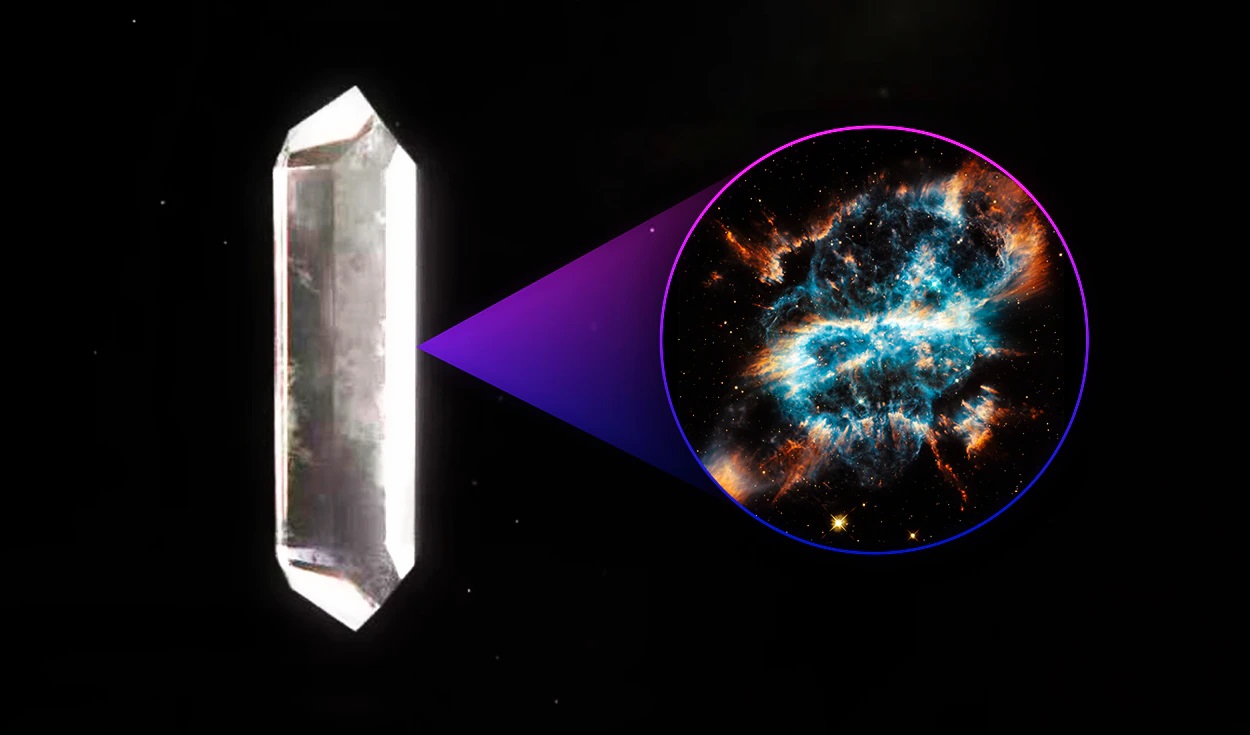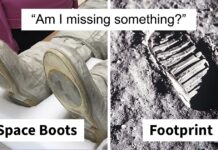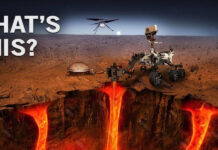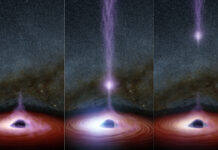Following the discovery of a new material on the moon that could be used as an unlimited source of clean energy in the future, China is planning three unmanned missions to the moon.
Last Saturday, it was announced that Beijing’s National Space Administration has received approval to send three orbiters to the moon over the next decade. This development comes at a time when the space race between China and the United States is gaining momentum. Bloomberg was the first media outlet to report the news.
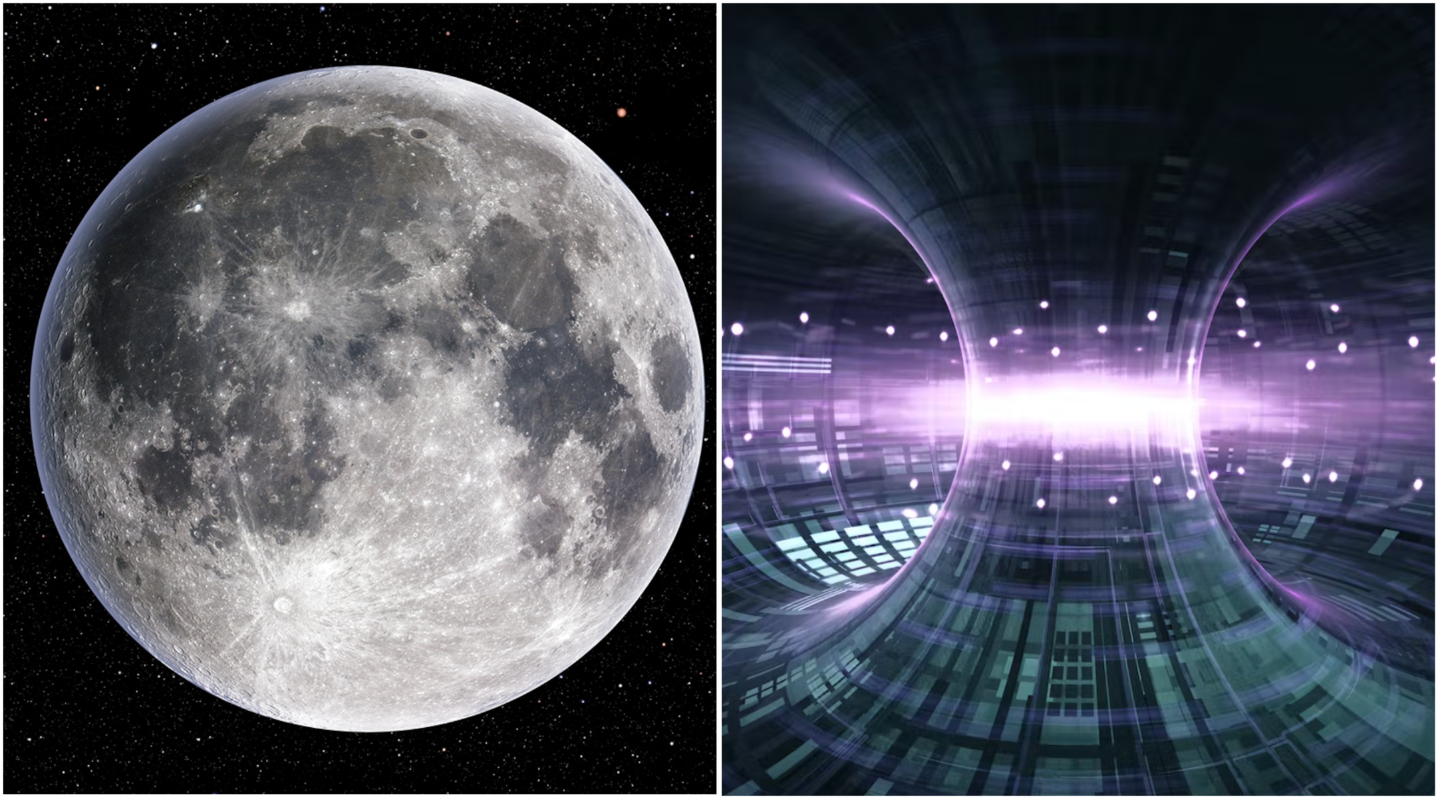
According to China’s state-controlled Global Times newspaper, a day later China became the third country to find a new lunar mineral, named Changesite-(Y).
The sample was defined by the Global Times as a “phosphate mineral in columnar crystal” discovered in lunar rock particles after being brought back from the moon by China’s Chang’e-5 mission in 2020. The helium-3 contained in the mineral has the potential to be used for energy production in the future.
A new mineral, Changesite-(Y), was discovered from the moon samples retrieved by #China's Chang'e-5 probe, making China the third country to discover a new mineral on moon, China Atomic Energy Authority said on Friday. pic.twitter.com/gieIWN8SMg
— People's Daily, China (@PDChina) September 9, 2022
After the United States’ Artemis I lunar mission was delayed for the second time, this realization could increase pressure on the country to step up its activities.
Mining on the moon could become the next cause of conflict between nations, as NASA is already conducting research at the moon’s south pole, where China and Russia plan to jointly build a research station.
We reported on this 2 weeks ago in an article titled “The Us and China Reportedly Want The Same Moon Landing Sites: “This Could Be The First Potential Point Of Conflict Over Resources Beyond Earth,” which you can read here.
According to Insider, China has recently stepped up efforts to compete with NASA in the field of space exploration, building a space station, initiating a series of missions to collect lunar samples, and earlier this year deploying a rover named Zhurong on Mars.
According to information on NASA’s website, the United States of America is the only nation to have successfully landed humans on the moon. The Apollo 17 mission was about half a century ago.
In July 1969, the United States’ Apollo 11 mission was the first to send samples from the Moon back to Earth. That mission returned about 22 kilograms (49 pounds) of material from the surface of the Moon.
The Chinese Atomic Energy Agency confirmed the discovery of helium-3 inside the crystal, according to official Chinese media. On Earth, this particular isotope of helium is very rare, but researchers (as well as writers of science fiction) have long theorized that it could be found in significant quantities on the Moon.
According to Extreme Tech, the fusion of helium-3 produces fewer radioactive byproducts than the other forms of the element. For this reason, it is a promising candidate for use as a fuel source for fusion power generation, an as yet immature method of producing energy in the same way that stars do. The technology needed to sustain fusion on Earth does not yet exist, but access to helium-3 could be a step in the right direction.
Welcome to the space race 2.0, folks.
